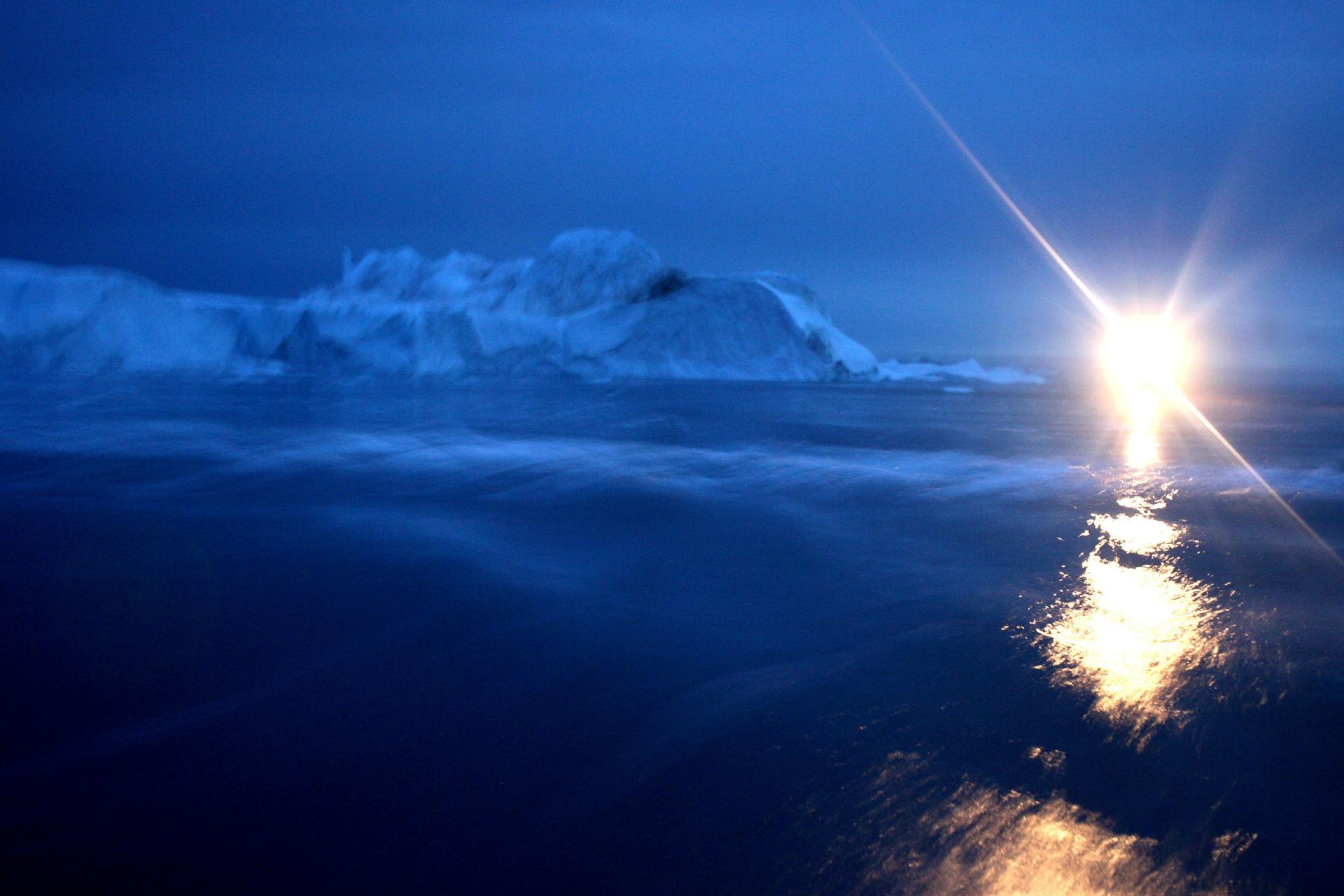Kaffeklubben Sø, world’s most northern lake, comes back to life
Kaffeklubben Sø, the most northerly lake in the world, is coming back to life say researchers.
The world's most northern lake, Kaffeklubben Sø in Greenland, is coming back to life say scientists.
The lake has been covered with ice for 2400 years and is now beginning to thaw due to climate change, creating a rapid ecological evolution.
MaxiSciences reported that the lake, located on the northern tip of Greenland, formed about 3500 years ago due to increased precipitation.
The 118-acre lake is frozen most of the year except during summer in which a moat forms around its edges when temperatures rise.
Researchers at the University of Franche-Comté in France say the lake remained near perfectly clean and lifeless except for a little cyanobacteria that can survive under ice until recently.
More from GlobalPost: British scientists prepare to drill into ancient Antarctic lake
Now life is returning to the lake.
Recent water samples show 20 species of algae that have returned to the lake.
The New Scientist said that other research has shown similar changes in northern lakes that are not quite as remote as Kaffeklubben.
The website also said that as the lake is free from nitrates and other pollutants, the algae is likely returning due to the thawing of the lake from climate change.
We want to hear your feedback so we can keep improving our website, theworld.org. Please fill out this quick survey and let us know your thoughts (your answers will be anonymous). Thanks for your time!
